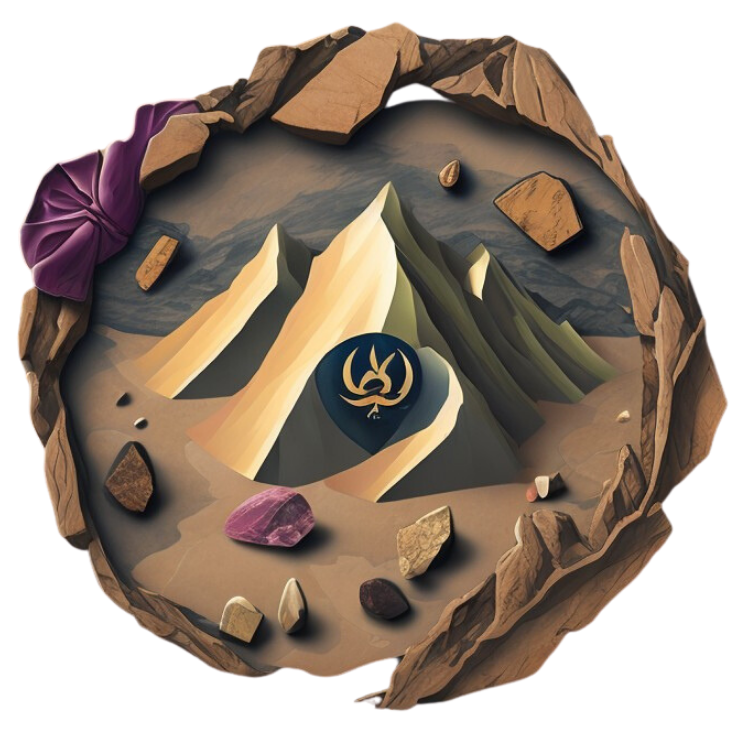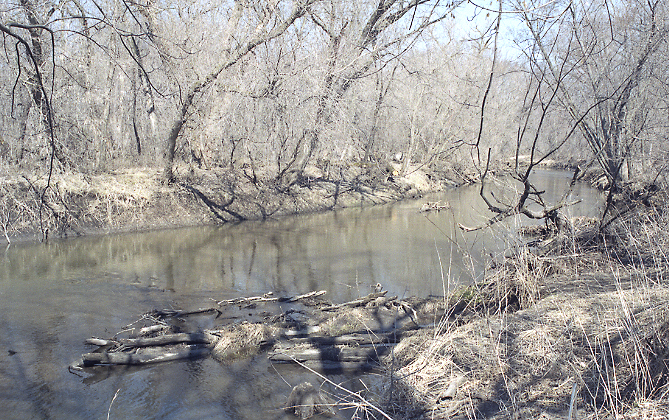New here?

New to rockhounding and don't know where to start? Not to worry, we will show you the ropes. Click below to head over to our "Getting Started" guide
Getting StartedRocks & Minerals In Minnesota

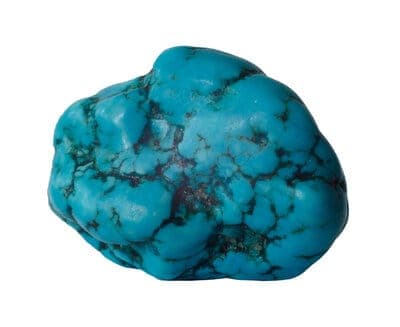
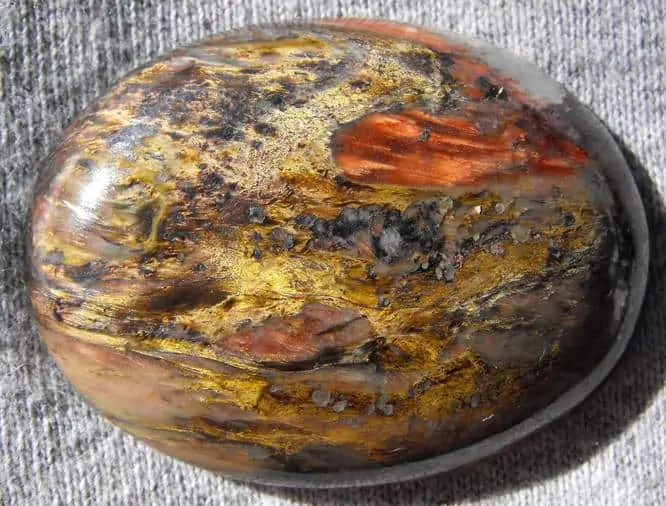
Minnesota rockhounding maps to hunt for crystals, gemstones, minerals, and ores. Minnesota, the "Land of 10,000 Lakes," boasts a diverse and fascinating geology, making it a prime destination for rockhounding enthusiasts. From the ancient rocks of the Canadian Shield in the north to the famous Lake Superior agates, Minnesota has a rich variety of minerals, crystals, and fossils. Uncover eye-catching specimens such as banded iron formation and Thomsonite, while exploring the state's numerous quarries, mines, and parks. Rockhounding in Minnesota is a rewarding experience for both novice and experienced collectors alike.
Recommended Rockhounding Tools

Discover the perfect tools for your next adventure-whether you're a beginner or seasoned prospector. Find gear tailored to your location, skill level, and the gems you're hunting.
See RecommendationsPlease always bring appropriate attire and do research before venturing out to rock hunt and crystal hunt. Also, be sure to verify that the location you want to hunt at is available for public access. Rockhounding.org does our best to verify, but it is your responsibility to verify as well because sometimes things change. We are not liable for any actions you take from the information you find on this site.
Snacks & Hydration

Energy Bars
Stay energized with the best energy bars for your rockhounding adventures.
Our FavoritesMust Have Rockhounding Tools
Keeping accurate records of Rockhounding & Gemstone Hunting Locations is a community effort! Know of a good spot that is missing from our maps? Feel free to submit it below. Thank you for your contributions to the rockhounding community!
Popular Rocks, Crystals, & Gemstones In Minnesota
-
 Lake Superior Agate
Lake Superior AgateLake Superior Agates are semi-precious stones characterized by their unique red and white banded patterns. They are predominantly found along the shores of Lake Superior and in the glacial deposits of northeastern Minnesota.
Read More -
 Greenstone
GreenstoneGreenstone is a metamorphic rock, mainly comprised of green minerals like chlorite and epidote. It can be found in northern Minnesota, particularly in the area around Ely and the Iron Range.
Read More -
 Trace Fossils
Trace FossilsMinnesota is home to various trace fossils such as worm burrows and ripple marks. These fossils can be found in the sedimentary rocks of the state, providing insights into the ancient environments and ecosystems that existed millions of years ago.
Read More -
 Pink Feldspar
Pink FeldsparPink feldspar, a variety of the common mineral feldspar, is found in granite formations throughout Minnesota. Notable locations include the Boundary Waters Canoe Area Wilderness and the region surrounding St. Cloud.
Read More -
 Hornblende
HornblendeHornblende is a dark-colored mineral that is common in many of Minnesota's igneous and metamorphic rocks. It is particularly abundant in the northeastern part of the state, where it is often found in granitic rocks and gabbros.
Read More -
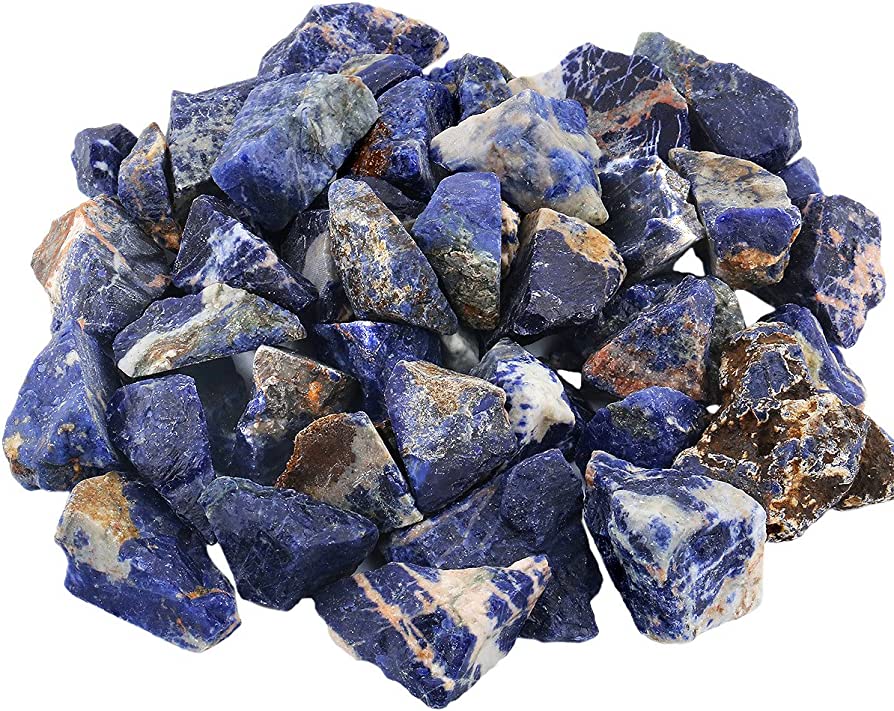 Sodalite
SodaliteSodalite is a blue to violet mineral that can be found in syenite intrusions in central Minnesota. It is often associated with nepheline syenite and is a rare but fascinating find for rockhounds in the state.
Read More -
 Gastropods
GastropodsFossilized gastropods, such as snails and slugs, can be found in limestone and shale formations across Minnesota. These ancient marine creatures offer a glimpse into the state's distant past when shallow seas covered the region.
Read More -
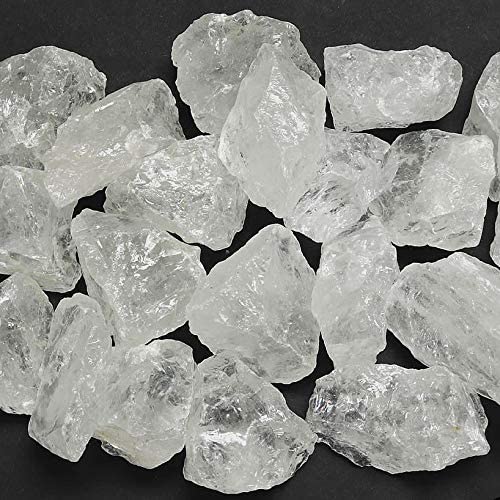 Quartz
QuartzQuartz is a common mineral found throughout Minnesota. It occurs in various forms, including clear, smoky, and milky quartz, and can be found in igneous, metamorphic, and sedimentary rocks.
Read More -
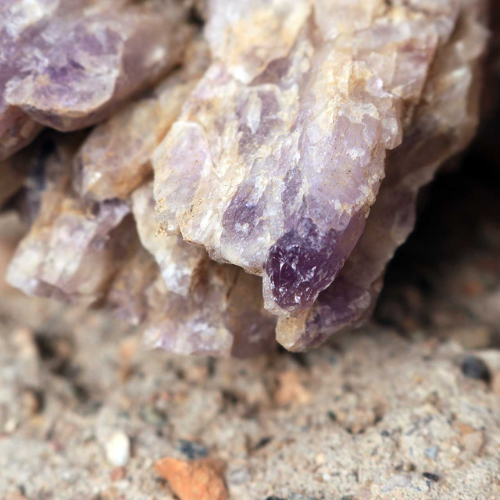 Amethyst
AmethystAmethyst, a violet variety of quartz, has been found in small quantities in northern Minnesota. While not as abundant as in other locations, amethyst crystals are a prized find for rockhounds in the state.
Read More
Popular Rock Hunting Areas In Minnesota
-
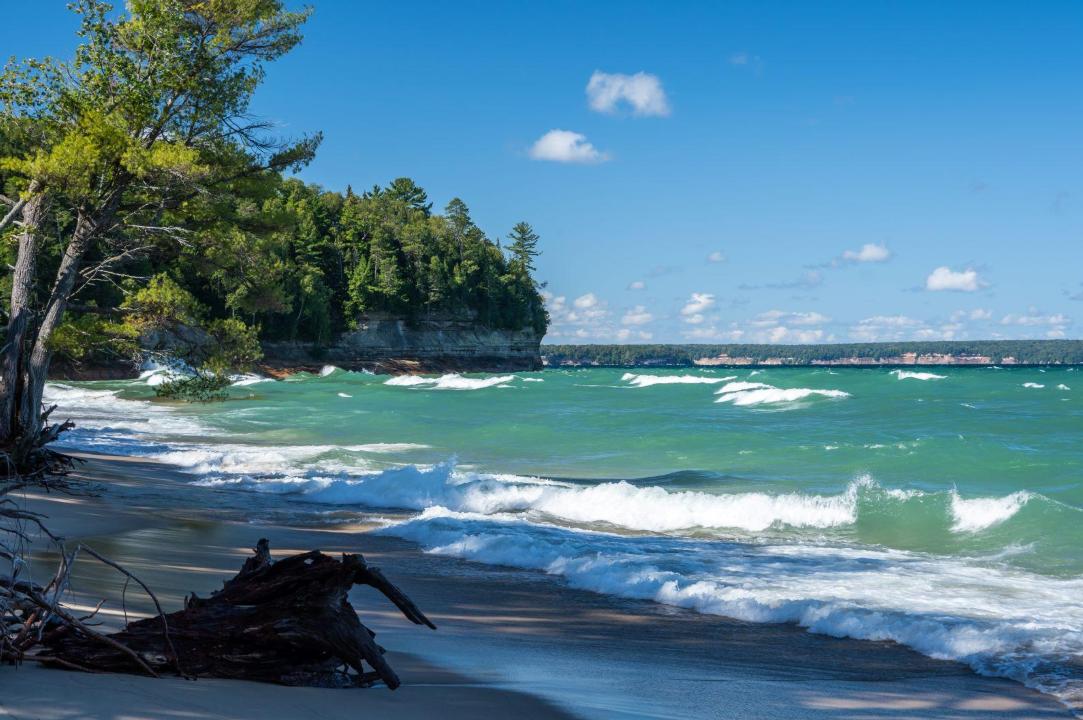 Lake Superior
Lake SuperiorVisit the shores of Lake Superior, known for its stunning Lake Superior Agates. These colorful and banded stones are a result of volcanic activity in the region over a billion years ago.
Read More -
 Pipestone National Monument
Pipestone National MonumentDiscover the history of pipestone, a soft red stone used by Native Americans for carving ceremonial pipes, at Pipestone National Monument. The quarry here has been a sacred site for thousands of years.
Read More -
 Jeffers Petroglyphs
Jeffers PetroglyphsExplore the Jeffers Petroglyphs site, which contains ancient Native American rock carvings, some dating back as far as 7,000 years. The carvings depict animals, humans, and other symbols.
Read More -
 Cuyuna Iron Range
Cuyuna Iron RangeVisit the Cuyuna Iron Range, a rich iron ore mining area in central Minnesota. Here, you can find jasper, an opaque variety of chalcedony that comes in various shades of red, yellow, and brown.
Read More -
 St. Peter Sandstone Region
St. Peter Sandstone RegionDiscover the St. Peter Sandstone region, known for its high-quality silica sand. This sand is used for glass-making, foundry sand, and hydraulic fracturing. Be mindful of private property and collecting restrictions.
Read More
Geology of Minnesota
Minnesota's geology is the result of a complex history spanning billions of years, characterized by ancient mountain building, volcanic activity, and glacial events. The state's foundation began during the Precambrian Era, with the formation of some of the world's oldest rocks, such as the Morton Gneiss, which is estimated to be over 3.5 billion years old.
Throughout the Paleozoic Era, shallow seas covered the region, depositing layers of sedimentary rocks like sandstone, limestone, and dolomite. Fossils from this era are preserved in places like the St. Croix Valley, providing a glimpse into the state's ancient marine life.
Minnesota's most notable geological features were formed during the Mesoproterozoic Era, when volcanic activity created the Midcontinent Rift System. This event left behind valuable mineral deposits, including the state's renowned iron ore deposits in the Mesabi, Vermilion, and Cuyuna Ranges, which have been an essential part of Minnesota's economy.
During the Pleistocene Epoch, glaciers repeatedly advanced and retreated across the state, shaping its current landscape. These glacial events left behind thousands of lakes, rich soils, and distinctive landforms, such as drumlins, eskers, and moraines, which characterize the state's diverse topography today.
